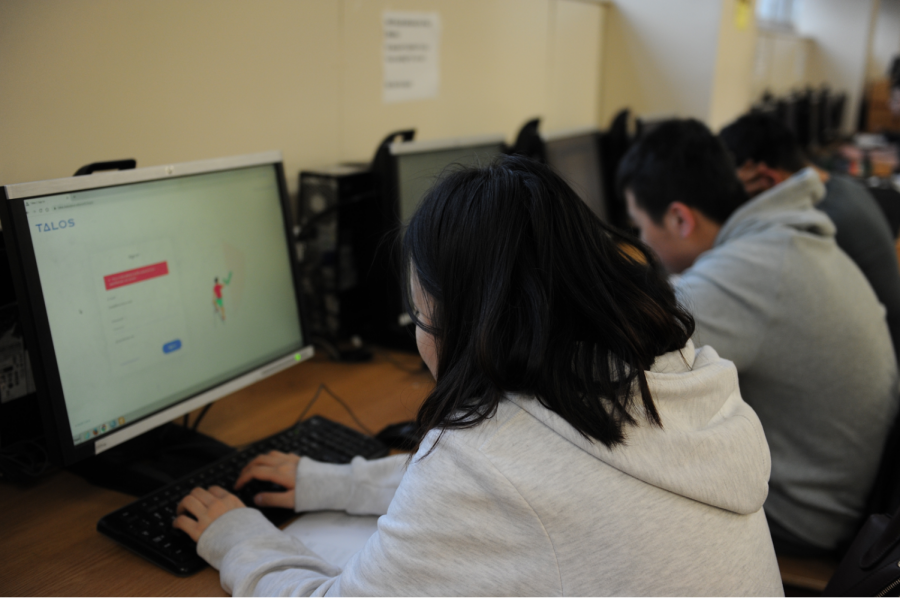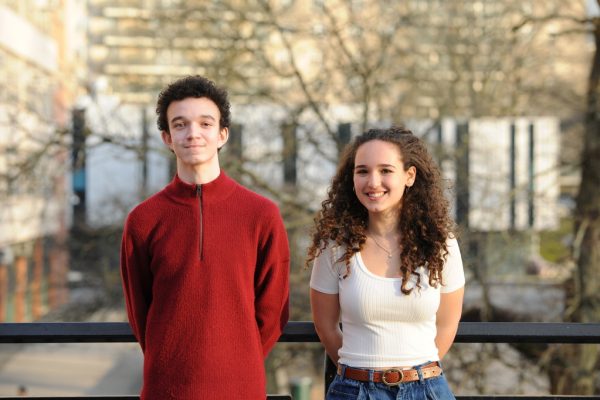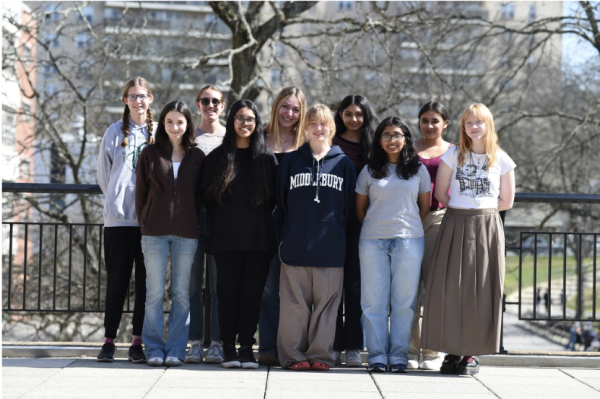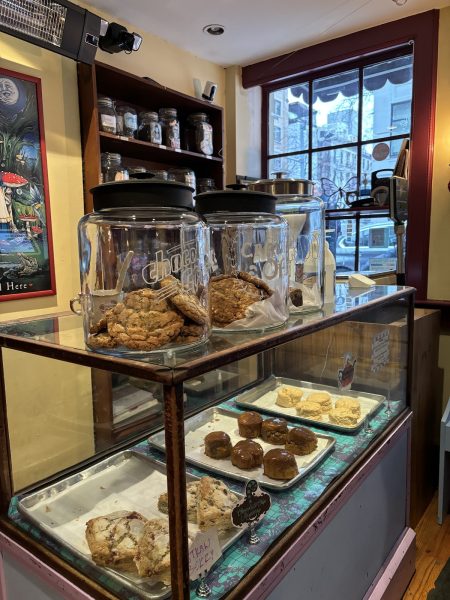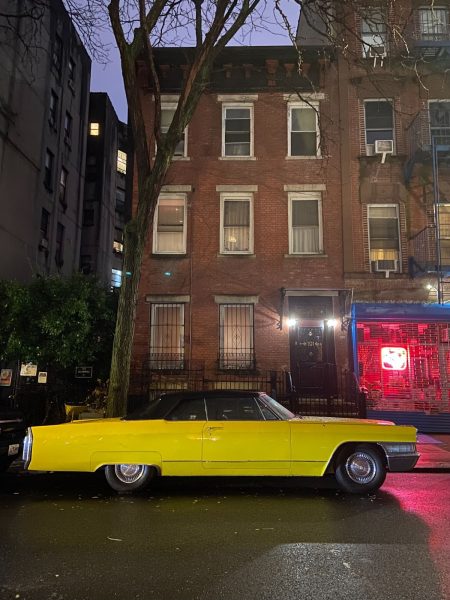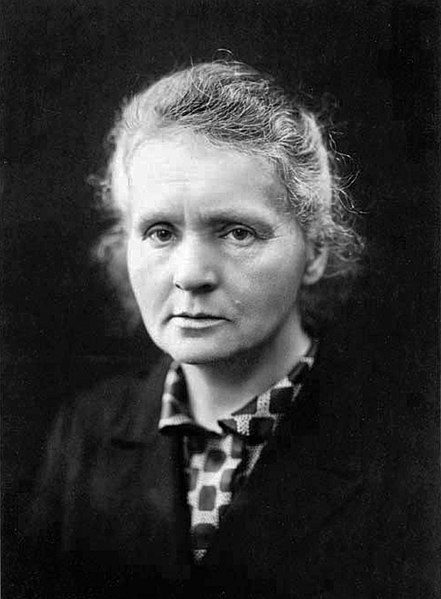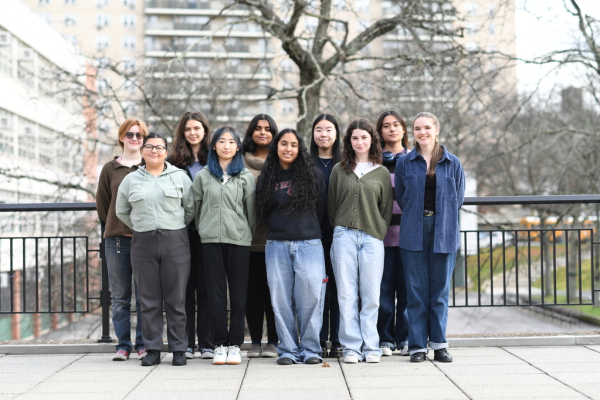Conquering Course Selection
What Influences Course Selection Among Students?
Students in the library view Talos, the school’s course selection program, in the library to request classes.
As grades for the first semester are locked in, Bronx Science students actively thought about which courses they wanted to select on Talos by the deadline of Friday, April 3rd, 2020. Increasing traffic on the site, everyone rushed to Talos to overview potential classes to take. As their mouses hovered over the list of classes in the drop-down menu, qualms and reassurances ran through their heads.
The tale about that one teacher who gives more work than there is time. The laughter penetrating the walls from the classroom next door. The crying from the junior who took their AP Physics 1 exam. The tangent from a friend who could not stop lauding her math teacher.
With hundreds of classes that Bronx Science offers, students have much to think about before clicking the button that will shape their following school year. The final click that secures your choices is influenced by everything from your guidance counselors to your biology teacher in 8th grade.
Based on past and current experiences, students come to learn what is best for them, both mentally and intellectually. This will factor into which and how many classes they will end up selecting. Juggling many advanced courses, having no lunch period, and being on the all-girls robotics team, Jillian Chong ’22 said, “Having no lunch was difficult for me at the beginning because I was used to having a break from my classes to relax for a period. However, this year, I needed to adjust.”
The course selection experience may vary broadly between the four grades. Aside from a few honors classes, ninth graders do not have many options due to required classes that must be taken, and the courses listed on their schedules show little divergence. Avery Law ’23 reports not having much liberty when choosing his classes for his first year. However, as course selection nears, he said, “I have a lot more freedom this year because last year, there were fewer classes from which to choose.”
Having a plethora of options but only nine periods in a day can make it difficult to narrow down the list of which classes to choose. Conversely, thanks to resources available to students, they can accurately weigh the pros and cons of taking certain courses. Opinions from trusted upperclassmen can sway underclassmen in a promising direction and reduce the risk of not liking a certain class. Margaux Reyl ’21 said, “I was told A.P. American Studies was an interesting class. My friends in the grade above all told me they really liked the teachers, so I decided I wanted to take the course.”
Furthermore, career trends in the real world reflect in course selection. For example, Mr. Arora, the Assistant Principal of the Math and Computer Science Department said, “I think it’s the realizations in the students that mathematics plays a major role in college selection. Demand for computer science professionals has increased, leading to an increase of students in computer science classes.”
He notes that in the last few years, his department has “seen a trend towards higher-level math and computer science courses,” namely an uptick in AP Calculus AB and BC classes. The 2019-20 school year marks a record of five sections of post-AP math classes, Linear Algebra and Multivariable Calculus. Some upperclassmen even invest their interest in math and computer science by taking three of these courses.
The school’s diversity of classes may present students with a plethora of options and having to make hard decisions about which classes to take, but ultimately, the exploration of novel ideas is rewarding and helps students to discover their passions. Robert Stanciu ’20 said, “The courses I have taken have influenced my decision on what to do in the future. I originally decided to take mainly biology-related courses, but once I took AP Physics 1 junior year, I fell in love with physics. It made me realize that a career in physics would be really enjoyable.”
Students strategically choose their classes to expand their knowledge on subjects they seek to specialize in for the future. As a member of the Construction Department on the co-ed robotics team, Melana Ly ’22 considered taking AP Physics 1 or AP Physics C. She said, “I would want to apply what I learn to the real world.”
After loading schedules with AP upon AP upon AP for sophomore and junior year, some seniors intend to minimize stress through prioritizing enjoyable classes. Arona Islam ’20 said, “Since I wanted a generally light senior year, I double-checked all of my classes with people who have taken them and made sure not to make my schedule too torturous. I also took my friends’ opinions into consideration, so I could gauge who I might have shared classes with.”
Crafting the optimal schedule for next year is more than the clicking of arbitrary buttons. It involves the opinions of others and one’s personal objectives.
The days leading up to course selection were full of intense consideration, but with external and internal influences, Bronx Science students are equipped with the knowledge to conquer course selection effectively.
“I would want to apply what I learn to the real world,” said Melana Ly ’22.
Cadence Chen is an Editor-in-Chief for ‘The Science Survey.’ She enjoys journalistic writing for its artistic concision and sharp insights. Cadence...

